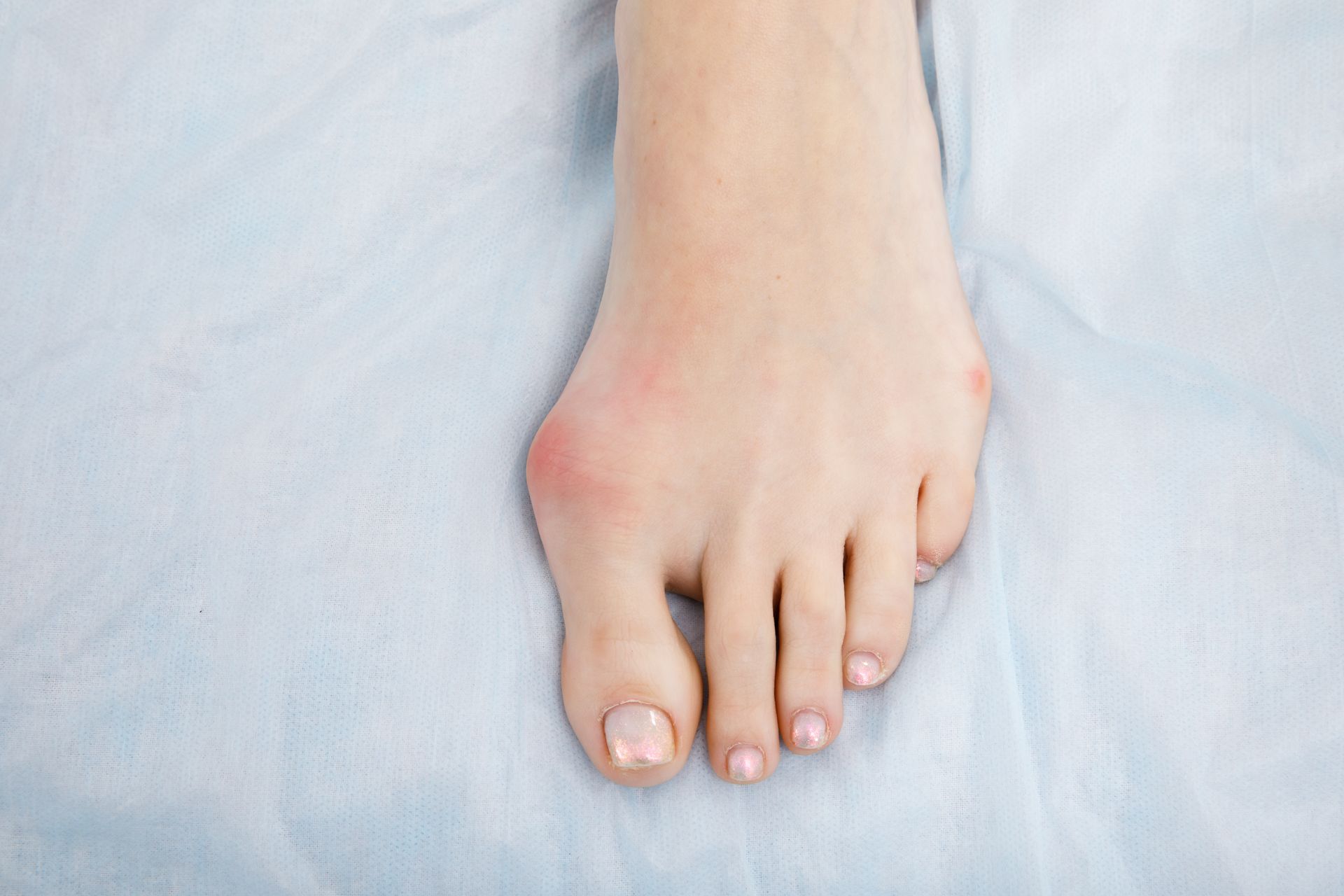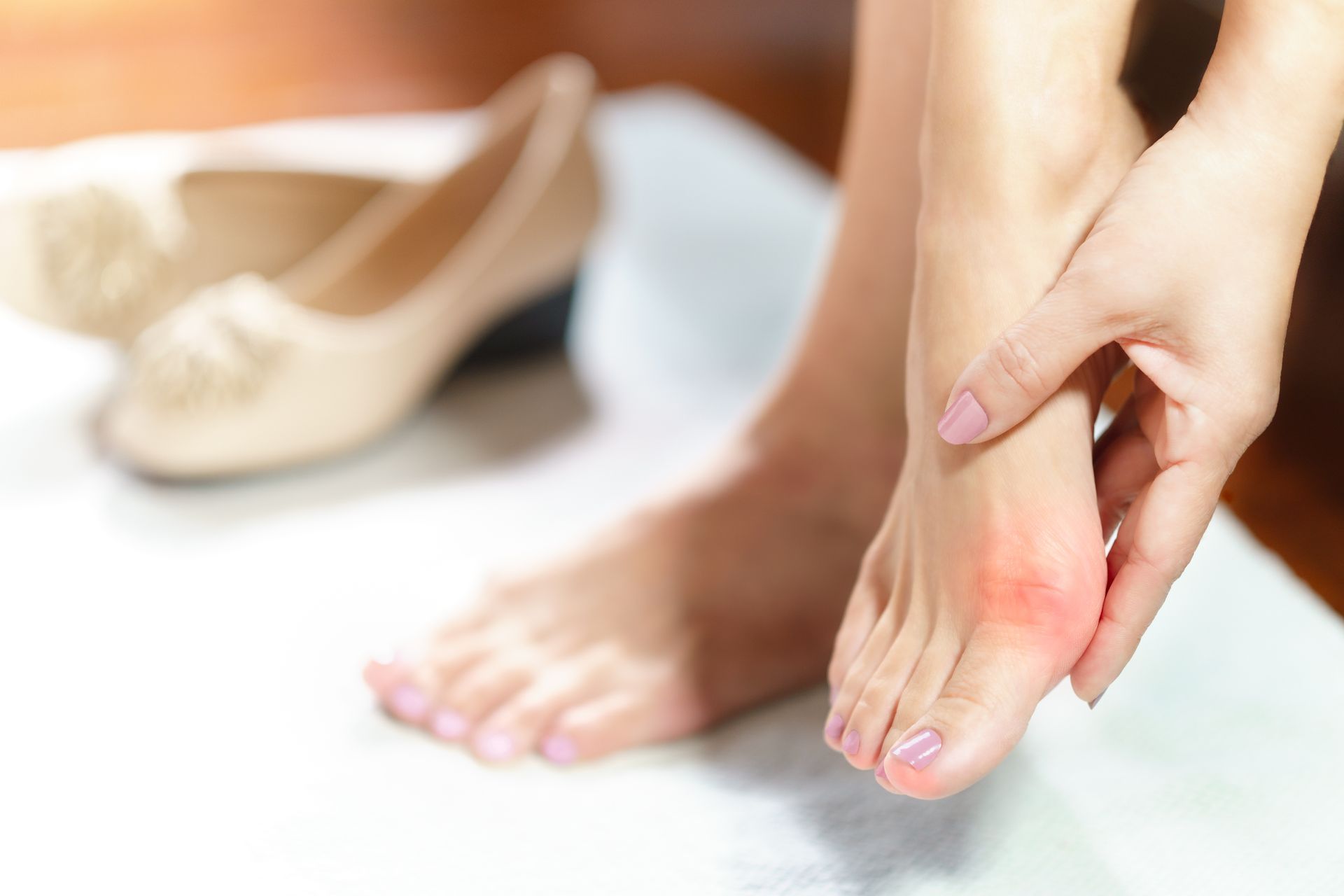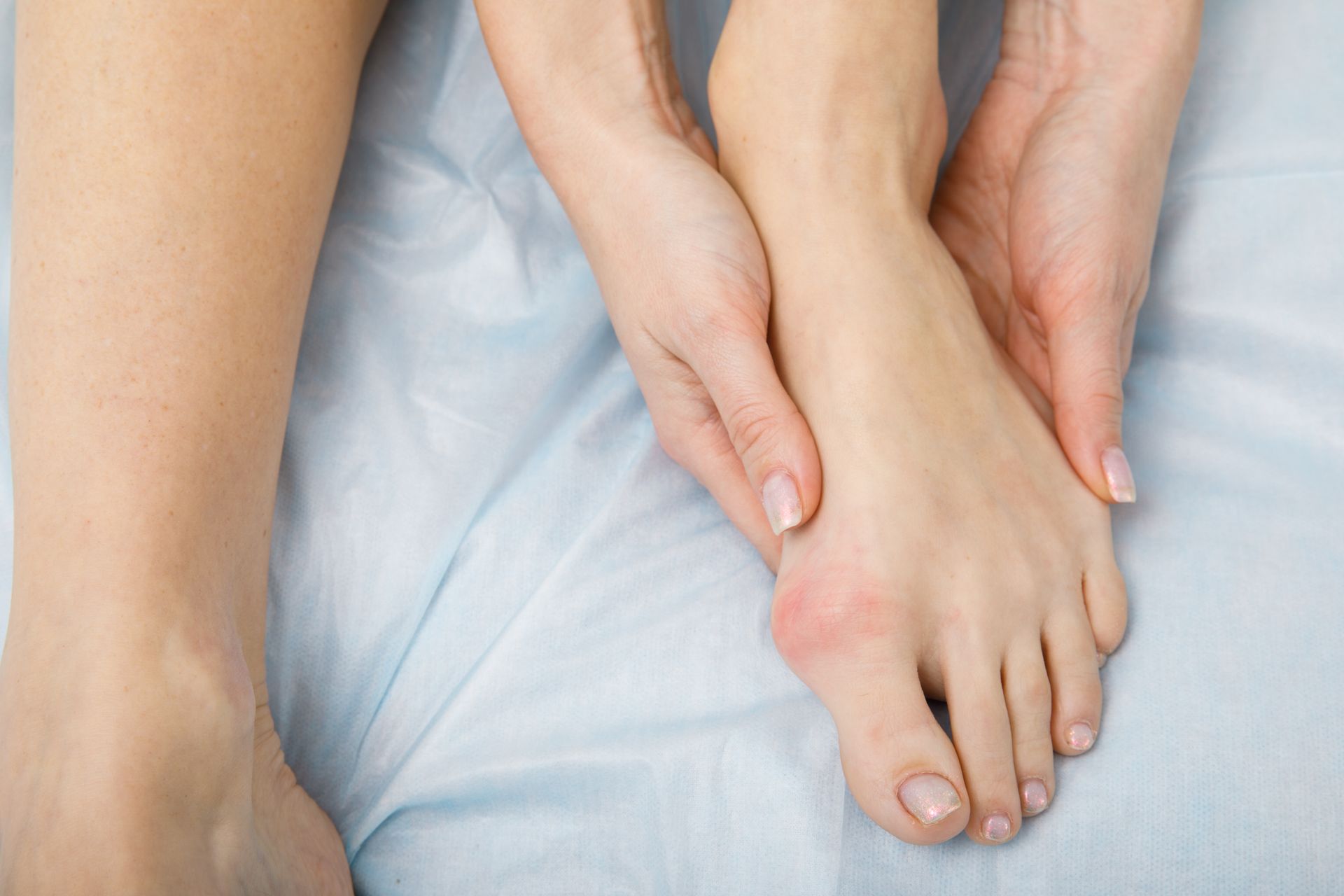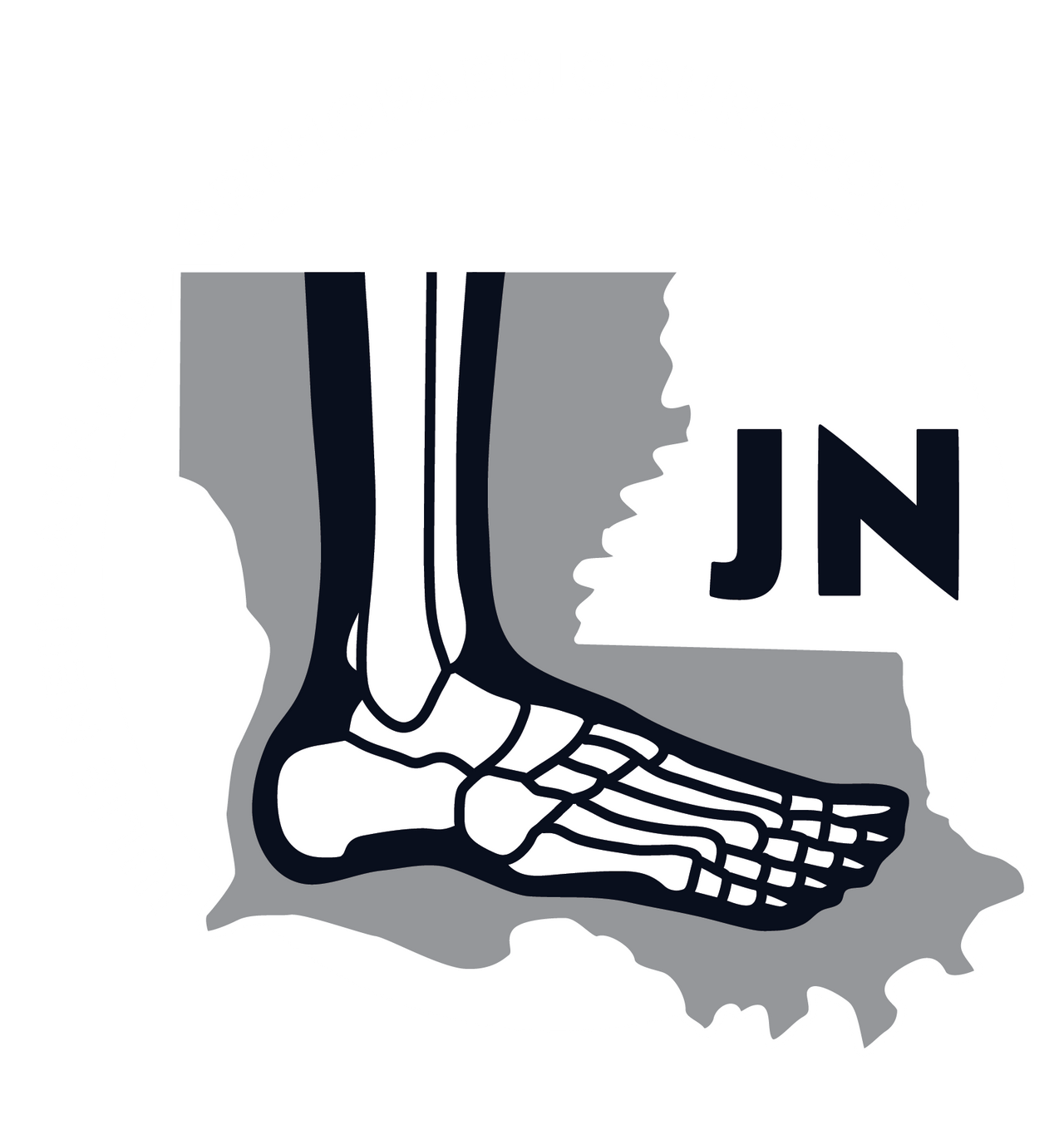The Achilles tendon, named after the Greek hero known for his invulnerability except for his heel, is the largest tendon in the human body. It connects the calf muscles to the heel bone and plays a crucial role in walking, running, and jumping. Unfortunately, this robust tendon is susceptible to injury, with ruptures commonly occurring. However, not all Achilles tendon ruptures are the same – they can be categorized as either partial or complete Achilles ruptures, each with its own set of characteristics and implications.
Overview of a Partial Achilles Tendon Rupture
A partial rupture involves damage to only a portion of the Achilles tendon rather than a complete tear. This orthopedic injury typically occurs due to sudden, forceful movements or repetitive stress on the tendon. Some key features of a partial Achilles tendon rupture include:
Symptoms of a Partial Achilles Tendon Ruptures:
A partial Achilles tendon rupture typically presents a range of symptoms that can vary in intensity. Often, the most immediate sign is a sharp pain in the back of the ankle or lower leg, specifically around the Achilles tendon, which can intensify during and after physical activities. This pain is frequently accompanied by swelling and stiffness in the affected area, particularly noticeable in the morning or after long periods of inactivity. While some individuals might hear a snapping or popping sound at the time of injury, it's usually less pronounced than in a complete rupture.
Functional Impairment After a Partial Achilles Rupture:
A partial rupture compromises the integrity of the Achilles tendon, which is crucial for strength and stability in the lower leg. This type of injury can decrease the power and effectiveness of ankle movements, particularly during activities that involve pushing off the ground, like walking or running. While mobility may be affected, individuals with a partial rupture might still be able to walk, albeit with discomfort or a limp.
How do you Diagnose a Partial Achilles Rupture?
Medical professionals may use imaging techniques like MRI or ultrasound to determine the injury's extent. A partial tear might appear as an irregularity or thinning in the tendon.
How do you Treat a Partial Achilles Rupture?
Depending on the severity, treatment for a partial rupture may involve conservative methods such as rest, physical therapy, and immobilization using a boot, cast, or brace. Surgery is less common for partial tears unless there are complications or a significant loss of function.
Overview of a Complete Achilles Tendon Rupture
In contrast, a complete rupture means the tendon has torn entirely, separating into two distinct ends. This injury often occurs during activities involving sudden, forceful pushing off with the foot or from a direct impact. Here are the typical characteristics of a complete Achilles tendon rupture:
What are the Symptoms of a Complete Achilles Tendon Rupture?
A complete Achilles tendon rupture is a serious injury that manifests with sudden, severe pain in the back of the ankle or lower leg, often accompanied by a loud pop or snap at the time of the injury. This acute pain typically makes it difficult to bear weight on the affected leg, leading to challenges in walking or standing without assistance.
Following the rupture, swelling and bruising in the heel and lower leg area are common, and in most cases, a noticeable gap may be felt above the heel where the tendon has torn. The injury significantly impairs movements requiring plantarflexion, such as standing on tiptoes, and results in a marked decrease in ankle strength. Consequently, individuals with a complete rupture often develop an altered gait or limp, primarily due to the inability to flex the foot properly and push off effectively. Immediate medical attention is crucial for such injuries to ensure proper treatment and recovery.
How Does a Complete Achilles Tendon Rupture Cause Functional Impairment?
The Achilles tendon connects the calf muscles to the heel bone. When it ruptures completely, this connection is disrupted. This injury means the calf muscles can no longer effectively facilitate ankle and foot movement, particularly in pushing off the ground, essential for walking, running, and jumping. Mobility is significantly affected, and many individuals cannot bear weight on the affected leg or stand on tiptoes.
How do you Diagnose a Complete Achilles Tendon Rupture?
Dr. Neumann often diagnoses a complete rupture based on physical examination and history of the injury. Imaging tests might be used to confirm the extent and exact location of the tear.
How do you Treat a Complete Achilles Tendon Rupture?
Surgical intervention is often recommended for complete ruptures, especially for active individuals or athletes who require optimal strength and function of the tendon. Surgery involves reattaching the torn ends of the tendon and allowing it to heal correctly. For less active individuals, particularly those with medical conditions that elevate the risks of surgery, non-surgical methods such as casting or bracing may be preferable treatment options.
While partial and complete Achilles tendon ruptures involve damage to this vital structure, the severity and treatment approaches differ significantly. Prompt and accurate diagnosis and appropriate treatment are crucial for optimal recovery and restoring function. Seeking medical attention from a foot and ankle specialist and adhering to the recommended treatment plan are essential steps toward healing and regaining strength in the Achilles tendon, enabling individuals to return to their daily activities or sports with reduced risk of re-injury.




